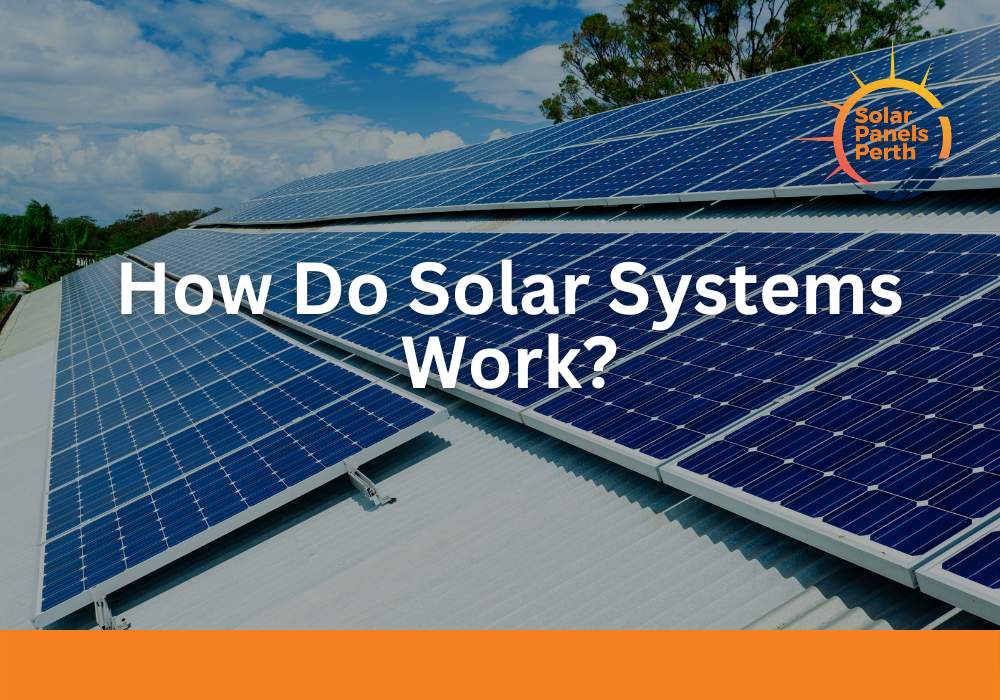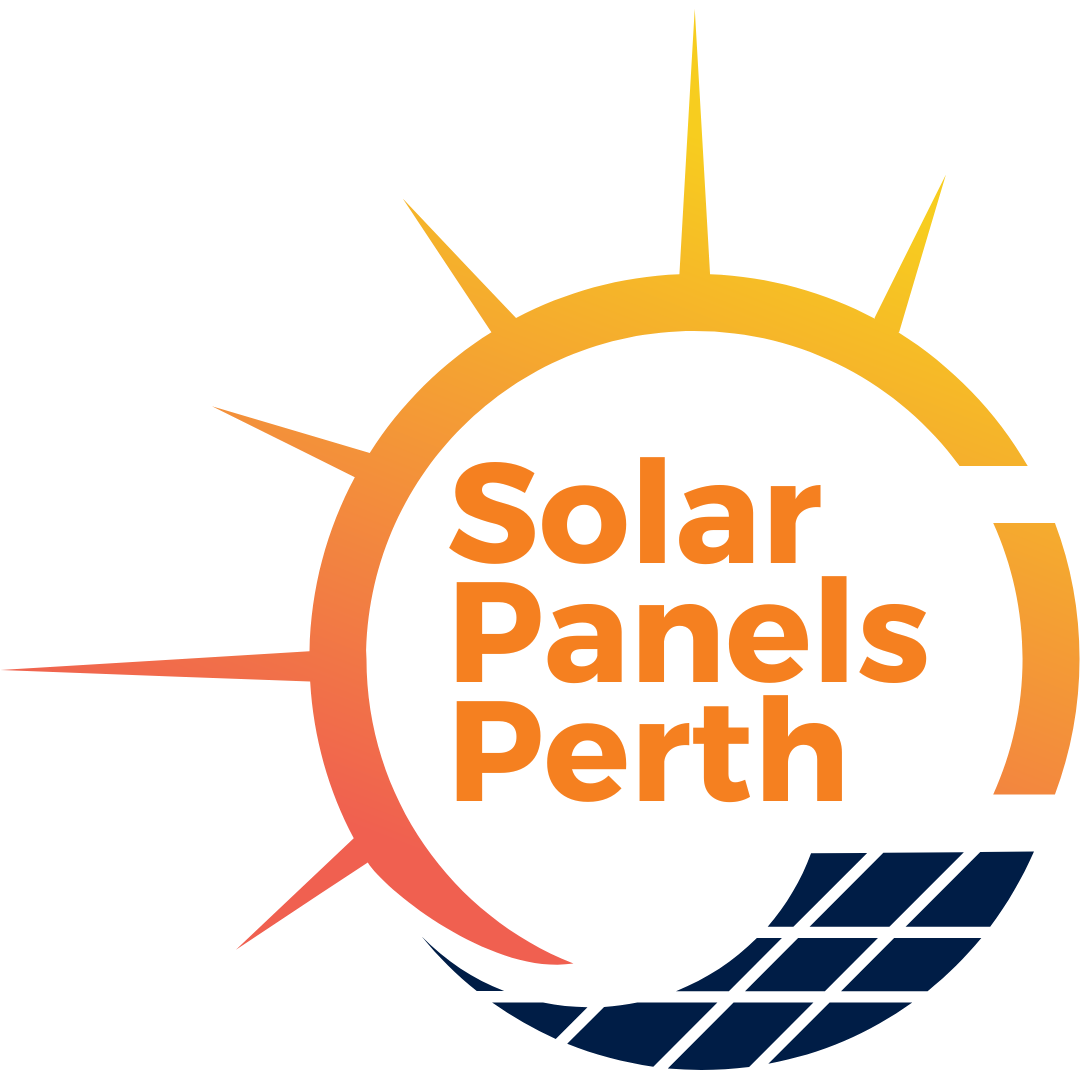How Does Solar Work?
Solar panels have become increasingly popular in recent years as a source of renewable energy. They harness the power of the sun to generate electricity that can be used to power homes, businesses, and even entire cities. But how do solar panels work, exactly?
In this article, we’ll explain how solar power systems work, what the components are, and how they interact to power your home by converting sunlight into electricity.

Solar Power System Components
There are two primary components of a solar power system: the solar panels and the inverter.
Solar Panels
Solar panels are made up of photovoltaic cells, which convert sunlight into direct current (DC) electricity. The size of a solar panel is determined by its rated power output, measured in watts. The more sunlight the panel receives, the more electricity it produces.
Inverter
The inverter converts the DC electricity produced by the solar panels into alternating current (AC) electricity, which is used to power your home. The inverter also manages the flow of electricity between your solar power system and the electric grid.
The fundamental component of a solar panel is the photovoltaic (PV) cell. These cells are made of semiconductor materials, such as silicon, that can absorb photons of light and convert them into electrical energy. When sunlight hits a PV cell, it causes electrons in the material to become excited and move around. This creates a flow of electrons that can be harnessed as electricity.
The key to the efficiency of a solar panel is maximizing the amount of light that is absorbed by the PV cells. To do this, panels are designed to have a large surface area that is covered in multiple PV cells. The cells are connected together in series to form a module, and multiple modules can be combined to create a solar array.
When a solar panel is exposed to sunlight, the PV cells inside it generate direct current (DC) electricity. However, most homes and businesses run on alternating current (AC) electricity. To make the power generated by a solar panel usable, it must be converted from DC to AC using a device called an inverter.
The inverter is an essential component of a solar panel system, as it ensures that the electricity generated by the panels is compatible with the electrical grid. It also allows excess energy to be stored in batteries or sold back to the grid.
Benefits of Solar Power Systems
Investing in a solar power system has many benefits, including:
-
Lower energy bills: By producing your own electricity, you can reduce your dependence on the electric grid and lower your energy bills.
-
Environmental benefits: Solar power is a clean, renewable energy source that does not produce greenhouse gas emissions.
-
Increased property value: A solar power system can increase the value of your property and make it more attractive to potential buyers.
-
Government incentives: Many governments offer incentives and rebates for installing solar power systems, making them more affordable for homeowners.
One of the benefits of solar panels is that they require very little maintenance. Once installed, they can produce electricity for many years without the need for regular cleaning or upkeep. This is because solar panels have no moving parts and are designed to withstand a variety of weather conditions.
Solar panels are also a clean and renewable source of energy. Unlike fossil fuels, which emit harmful pollutants into the atmosphere, solar panels produce no emissions or pollution. This makes them a more environmentally friendly option for powering homes and businesses.
However, there are some limitations to the use of solar panels. For one, they only work when there is sunlight available. This means that they are less effective in areas with low levels of sunlight, such as in polar regions or during cloudy days. Additionally, the initial cost of installing solar panels can be high, although the price has been decreasing in recent years.
The Basics of Photovoltaics
At the heart of solar energy technology lies the science of photovoltaics. Photovoltaics, often referred to as PV, is the method of converting sunlight directly into electricity. This magic happens in photovoltaic cells, which are essentially semiconductor devices capable of absorbing photons (light particles) from the sun and releasing electrons.
When these freed electrons are captured, the result is an electric current that can be used as electricity. Solar panels consist of many such photovoltaic cells linked together.
Harnessing the abundant sunshine we’re blessed with through photovoltaic systems is a clean, sustainable, and increasingly affordable way to generate power for residential and commercial use.
How Do Solar Panels Generate Electricity?
As we’ve already learned, solar panels are composed of numerous photovoltaic cells, each acting like a mini power generator. When sunlight, composed of tiny particles called photons, strikes these cells, it excites the electrons within, causing them to move.
This movement of electrons creates an electric current, which can be harnessed and converted from direct current (DC) into alternating current (AC) via an inverter. The resulting AC electricity is what powers your household appliances, lights, and more. The beauty of solar panels is that they operate silently, have no moving parts, and contribute to a more sustainable future by generating clean, renewable energy.
Factors Impacting Solar Power System Efficiency
The efficiency of a solar power system depends on several factors, including the orientation and angle of the solar panels, the amount of sunlight the panels receive, and the temperature. In general, solar panels are most efficient when they are facing north and tilted at an angle between 30 and 45 degrees. The more sunlight the panels receive, the more electricity they produce. High temperatures can decrease a solar panel’s efficiency, so it’s important to choose high-quality panels that can withstand heat.
Panel Optimisation
The efficiency of your solar panel system and the amount of energy it can generate is highly dependent on the orientation, location, and angle of your roof. For optimal performance, solar panels should be placed perpendicular to the sun, meaning that sun rays should hit the PV panels at a 90° angle. Generally, north-facing rooftops provide the best performance and generate the most energy, especially in southern hemisphere countries like Australia.
In Western Australia, the highest solar energy generated during the day typically occurs from 10am to 3pm. For optimal panel efficiency, different panel directions and orientations suit various household needs. Here are some recommendations:
North Facing Panels
The most power/kWs per day will be produced by north-facing panels. This is because the sun is at its highest and brightest in the middle of the day, targeting the north-facing roof and solar panels. This option is best for people who are at home during the middle of the day or for businesses with high power demands during that time.
North/North-West Facing Panels
West-facing panels produce the most power in the afternoon, as the sun sets in the west and is exposed to the afternoon sun. West-facing panels may produce 5-12% less electricity compared to north-facing panels, so they are the next best alternative. West-facing panels help households to utilize more solar energy in the afternoons.
North/North-East Facing Panels
East-facing panels produce similar power to west-facing panels. The sun rises in the east and is exposed to the morning sun, which helps households to utilize more solar energy in the morning.
East and West Split Panels
Directly east and west-facing roofs may produce around 12% less power than north-facing panels. However, the east/west split has the advantage of producing power all morning on the east side and in the afternoon on the west side for most months of the year. This helps to maintain a constant number of panels producing energy throughout the day from sunrise to sunset instead of a heavy concentration for north-facing panels in the middle of the day.
South Facing Panels
As Australia is located far south of the equator, south-facing panels are the least ideal option. In the summertime, when the sun is directly above your house, south-facing panels may produce as much power as north-facing panels. However, outside of these months, such as in spring, autumn, and especially winter, south-facing panels will likely produce very little to no power.
The efficiency of a solar panel system greatly depends on the position and orientation of the panels. North-facing panels generally provide the best performance and generate the most energy, while south-facing panels are the least ideal.
How Solar Energy Can Work For You
In summary, solar panels work by using photovoltaic cells to convert sunlight into electrical energy. The electricity generated is in the form of DC, which must be converted to AC using an inverter before it can be used. Solar panels are a clean and renewable source of energy, but their effectiveness can be limited by weather conditions and their upfront cost may be prohibitive for some. Nonetheless, they remain a promising technology for reducing our reliance on fossil fuels and transitioning to a more sustainable energy future.
